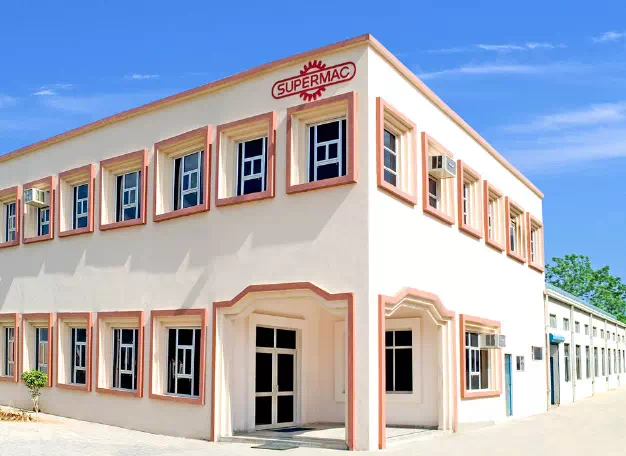Introduction
XLPE extrusion is a critical manufacturing process used to produce high-performance insulation for electrical cables and other applications. Cross-linked polyethylene (XLPE) offers superior properties compared to traditional polyethylene, including enhanced thermal, electrical, and mechanical characteristics. This article explores the XLPE extrusion process, its techniques, applications, and the benefits it brings to various industries.

What is XLPE Extrusion?
XLPE extrusion is the process of applying cross-linked polyethylene (XLPE) insulation to electrical cables or other components using extrusion technology. XLPE is a type of polyethylene that has undergone a cross-linking process to improve its properties. During extrusion, XLPE material is heated until it becomes molten, then forced through a die to form a continuous shape, such as cable insulation. After extrusion, the material is cooled and solidified to create a durable and high-quality product.
Key Techniques in XLPE Extrusion
Single-Layer Extrusion: In single-layer XLPE extrusion, a single layer of XLPE is applied to the cable core. This technique is commonly used for standard insulation requirements and provides good electrical and mechanical properties.
Multi-Layer Extrusion: Multi-layer extrusion involves applying multiple layers of XLPE or combining XLPE with other materials to enhance performance. This technique is used for applications requiring additional insulation or protective layers, such as high-voltage cables.
Co-Extrusion: Co-extrusion involves simultaneously extruding XLPE with other materials to create composite layers. This technique allows for the integration of different properties, such as enhanced resistance to environmental factors or improved flame retardancy.
Cross-Linking: During the extrusion process, XLPE is subjected to a cross-linking treatment, often through chemical or physical methods. This cross-linking process enhances the material’s thermal stability, electrical insulation properties, and mechanical strength.
Applications of XLPE Extrusion
Electrical Cables: XLPE is widely used for insulating electrical cables due to its excellent electrical properties, including high dielectric strength and low dielectric loss. It is commonly used in medium and high-voltage cables, as well as power distribution cables.
Automotive Industry: In the automotive industry, XLPE extrusion is used for wiring insulation due to its resistance to heat, chemicals, and abrasion. It helps in ensuring reliable performance and safety in automotive electrical systems.
Building and Construction: XLPE extruded products are used in building and construction for insulation of electrical wiring and conduits. Its durability and resistance to moisture make it suitable for various applications in construction projects.
Telecommunications: XLPE extrusion is employed in telecommunications cables to provide high-quality insulation with low signal attenuation. It ensures reliable signal transmission and protection against external interference.
Industrial Equipment: XLPE is used in various industrial equipment for its resistance to high temperatures and harsh chemicals. It provides durable and long-lasting insulation in demanding environments.
Benefits of XLPE Extrusion
Enhanced Electrical Properties: XLPE offers superior electrical insulation properties, including high dielectric strength and low power loss. This makes it ideal for use in high-voltage and power distribution cables.
Improved Thermal Performance: The cross-linked structure of XLPE provides excellent thermal stability, allowing it to withstand higher temperatures compared to traditional polyethylene.
Increased Mechanical Strength: XLPE is known for its high tensile strength and resistance to impact, abrasion, and environmental stress, resulting in more durable and reliable products.
Chemical and Moisture Resistance: XLPE is resistant to a wide range of chemicals and moisture, making it suitable for use in challenging environments where exposure to these elements is a concern.
Long-Term Durability: The cross-linking process enhances the longevity of XLPE products, reducing the need for frequent replacements and maintenance.
Conclusion
XLPE extrusion is a vital process for producing high-quality insulation for electrical cables and other applications. By leveraging the advanced properties of cross-linked polyethylene, manufacturers can achieve superior electrical performance, thermal stability, and mechanical strength. The versatility of XLPE extrusion makes it an essential technology in various industries, from power distribution to automotive and construction. Understanding the techniques and benefits of XLPE extrusion enables stakeholders to optimize their manufacturing processes and deliver reliable, high-performance products.






0 Comments